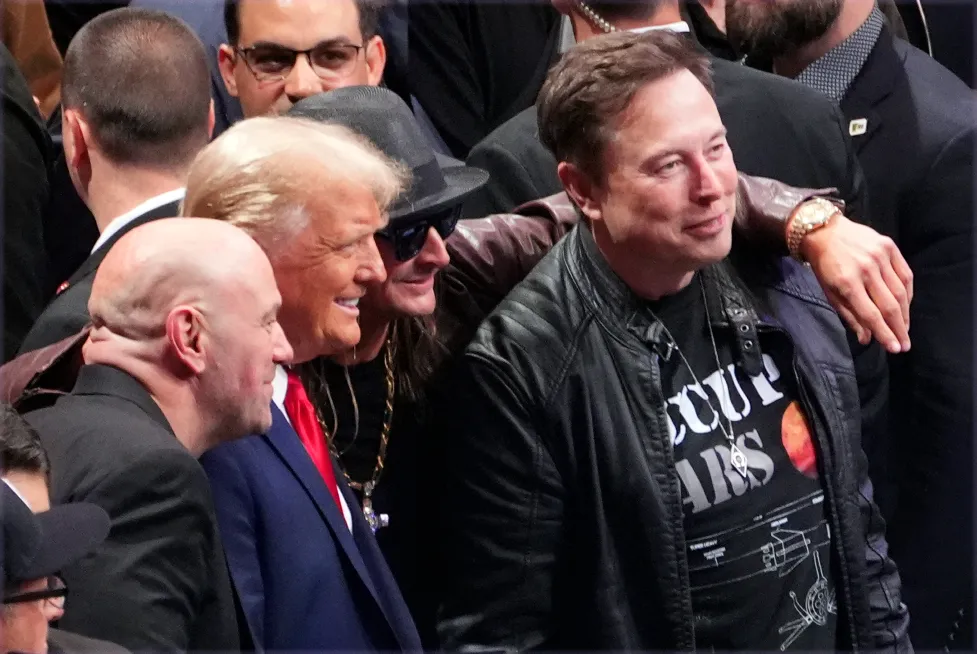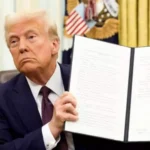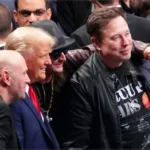
A Bold Political Breakaway
Elon Musk announced the formation of the “America Party” via X on July 5, 2025, declaring it a direct challenge to the entrenched two-party system in the U.S. Positioned as a centrist alternative, the new political group aims to “give back your freedom” and address concerns over fiscal responsibility, government waste, and ideological gridlock. Musk framed the venture as a strategic move, not a full-scale campaign, initially focusing on a few pivotal Senate and House districts where razor-thin legislative margins could give the party outsized influence.
Fuelling the Feud with Trump
The launch marks a sharp break from Musk’s previous alliance with former President Donald Trump. Their relationship soured over Trump’s tax and spending package dubbed the “Big Beautiful Bill.” Musk denounced it as “debt slavery” and fiscally imprudent, leading to his split and decision to form the America Party. Once a staunch supporter, donating to Trump’s 2024 campaign and leading the Department of Government Efficiency (DOGE), Musk has now adopted a defiant posture, attacking the new legislation while pledging to unseat lawmakers who backed it.
Strategic Focus with Tactical Precision
Rather than contesting every seat, Musk’s strategy is tightly focused: target 2–3 crucial Senate seats and 8–10 House districts. With Congress in deadlock, 218–214 in the House and a 50–50 split in the Senate, the America Party could become a swing vote on key legislation. Emphasizing this approach, Musk compared it to ancient concentrated military tactics: overwhelming a small, decisive point to turn the tide, much like the Thebans at Leuctra.
Core Ideals: Fiscal Conservatism and Reform
According to early platform outlines, the America Party champions deficit reduction, deregulation, free trade, high-skilled immigration, modernization of the military through AI, and pro-natal policies. Musk sharply criticized both Democrats and Republicans as part of a monolithic “uniparty” that prioritizes special interests over everyday Americans.
Flood of Public Support on X
Musk pulled together a massive poll on July 4, asking followers if they wanted independence from the two-party system. Of the roughly 1.25–5.6 million respondents, between 65% and 80% backed the idea. Musk seized on the momentum: “By a factor of 2 to 1, you want a new political party, and you shall have it!” Support even bubbled over internationally, with Chinese social media trending hashtags mocking the existing political status quo.
Trump Fires Back
Trump wasted no time in hitting back. Speaking before boarding Air Force One and posting on Truth Social, he dismissed Musk’s initiative as “ridiculous,” claiming third parties only create “confusion and chaos.” Trump also labelled Musk “a train wreck who’s gone completely off the rails.” He subtly suggested Musk’s anger stemmed from the spending bill’s removal of electric vehicle incentives, which benefited Tesla.
Markets React with Increasing Volatility
The market response was swift and severe. Tesla’s stock fell approximately 7–7.5%, wiping out nearly $76 billion in market value and dragging down Musk’s personal net worth by a similar margin. Analysts like Dan Ives of Wedbush warned that Musk’s political distraction could jeopardize Tesla’s operations during a critical moment of global competition.
What’s at Stake
Musk’s gamble carries high risks and high rewards. If successful, the America Party could inject fresh influence into a paralyzed Congress. If it falters, it risks splintering his base, alienating Trump-aligned voters, and complicating Tesla’s strategic positioning amid nascent political backlash. Its emergence also intensifies the ongoing Musk-Trump feud, potentially influencing Republican cohesion and 2026 electoral dynamics.
A Defining Political Moment
Elon Musk’s launch of the America Party marks a seismic shift in U.S. politics. A billionaire leveraging grassroots support to disrupt the two-party status quo, it’s a storyline that blends ideological ambition with practical calculation, and positions Musk at the heart of political reform talk. Whether a fleeting stunt or the start of a broader realignment, the next 18 months will test whether American voters are ready to embrace a third path, or whether they’ll stick with the familiar.




































Leave a Reply